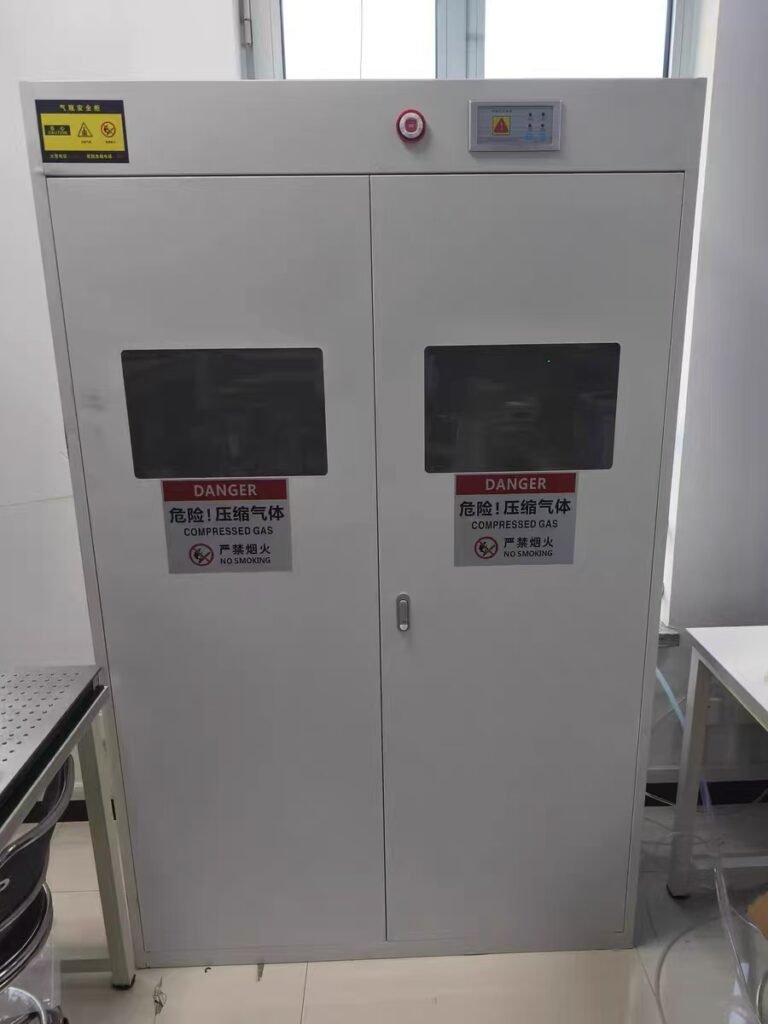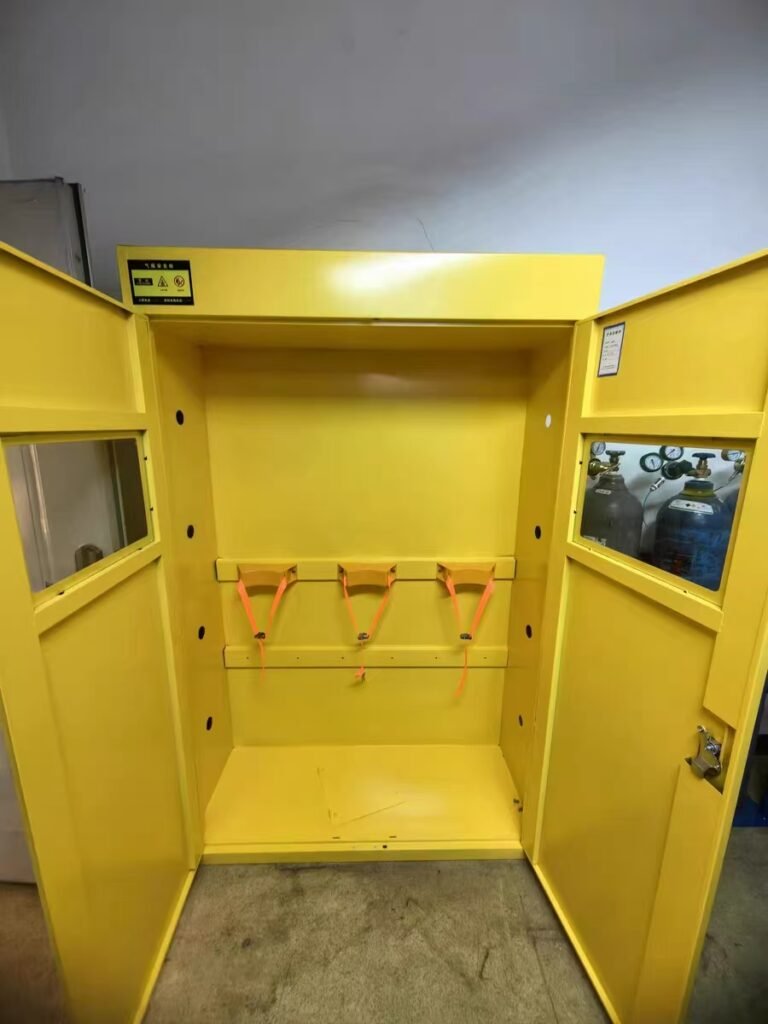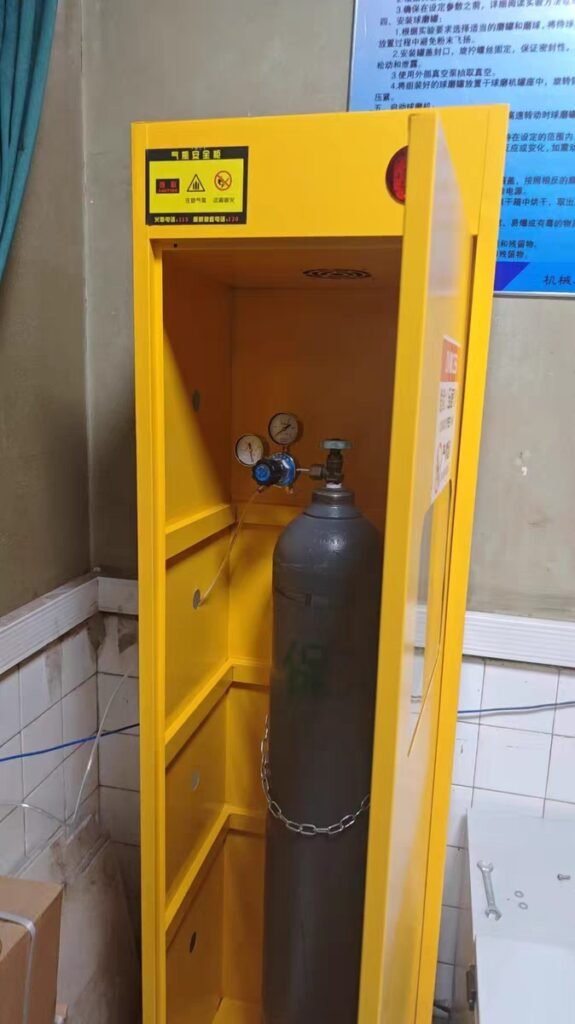Laboratory Safety Storage: Chemical Flammable Steel Explosion-Proof Cabinets for Victoria Research Facilities
The Critical Role of Flammable Storage in Victoria’s Research Environment
Victoria’s thriving research community, encompassing universities, government laboratories, and private research facilities, handles numerous hazardous chemicals daily. The proper storage of flammable and combustible liquids represents a fundamental safety requirement that cannot be overlooked. Chemical flammable steel explosion-proof cabinets serve as essential safety equipment, protecting both personnel and valuable research infrastructure from potential fire hazards.

Understanding Flammable Storage Cabinet Standards in Canada
In Canada, flammable storage cabinets must meet stringent safety standards established by the National Fire Code of Canada (NFC) and the Canadian Standards Association (CSA). These regulations specify construction requirements, performance criteria, and installation guidelines to ensure maximum safety in laboratory environments. Victoria research facilities must adhere to these standards to maintain compliance and ensure workplace safety.
Flammable storage cabinets are designed to contain flammable liquids and prevent external fires from reaching their contents for a specified period, typically 10 minutes. This critical window allows time for evacuation and emergency response, potentially preventing catastrophic incidents in laboratory settings.
Key Features of Quality Flammable Storage Cabinets
Modern chemical flammable steel explosion-proof cabinets incorporate several essential safety features. Double-walled steel construction with 1.5 inches of air space between walls provides crucial thermal insulation. The doors are equipped with self-closing mechanisms that ensure the cabinet remains sealed when not in use, preventing the spread of flames in emergency situations.
Ventilation systems are carefully engineered to allow safe fume dispersion while maintaining the cabinet’s fire-resistant integrity. Grounding connections prevent static electricity buildup, which could ignite flammable vapors. Additionally, leak-proof sumps contain any spills that might occur within the cabinet, preventing environmental contamination and reducing slip hazards in laboratory environments.

Applications in Victoria’s Research Facilities
Victoria’s diverse research sector, including the University of Victoria, Camosun College research centers, and numerous private biotechnology companies, requires specialized storage solutions for various flammable materials. These cabinets are essential in chemistry laboratories, pharmaceutical research facilities, and engineering departments where flammable solvents and chemicals are routinely used.
The specific needs of Victoria’s research community vary widely. Some facilities require smaller cabinets for limited quantities of flammable materials, while others need larger units to accommodate extensive chemical inventories. The versatility of available cabinet sizes ensures that each research facility can select appropriate storage solutions based on their specific requirements and available space.
Climate Considerations for Victoria Laboratories
Victoria’s relatively mild but humid coastal climate presents unique challenges for chemical storage. The moisture in the air can affect certain chemicals and storage equipment. Quality flammable storage cabinets designed for Victoria’s environment include features that address these climate-specific concerns, such as corrosion-resistant finishes and humidity-resistant components.
The moderate temperatures in Victoria reduce some risks associated with extreme heat, but the consistent humidity levels necessitate additional considerations for cabinet maintenance and inspection. Regular checks for corrosion and proper functioning of door seals are particularly important in this climate to ensure continued safety compliance.
Installation and Placement Best Practices
Proper installation of flammable storage cabinets is crucial for their effectiveness. In Victoria’s research facilities, these cabinets should be placed in well-ventilated areas away from ignition sources and exit routes. The installation must ensure that cabinets remain level and that all safety features function correctly.
Canadian regulations specify minimum distances between flammable storage cabinets and potential ignition sources, as well as requirements for anchoring cabinets to prevent tipping during seismic events—a particularly important consideration in British Columbia’s earthquake-prone region. Victoria research facilities must carefully follow these installation guidelines to maintain compliance and ensure safety.
Maintenance and Inspection Protocols
Regular maintenance is essential to ensure the continued effectiveness of flammable storage cabinets. Victoria research facilities should implement comprehensive inspection protocols that include checking door mechanisms for proper operation, verifying grounding connections, and ensuring ventilation systems remain unobstructed.
Any damage to cabinet structure or safety features must be addressed immediately to maintain the integrity of the fire protection system. Documentation of all inspections and maintenance activities is crucial for compliance purposes and for demonstrating due diligence in safety management.
Training and Safety Culture
Even with proper storage equipment, comprehensive safety training is essential for laboratory personnel. Victoria’s research institutions must ensure that all staff working with flammable materials understand proper handling procedures, emergency response protocols, and the specific features of the storage cabinets in use.
Training should cover the Canadian regulatory framework, proper segregation of incompatible chemicals, spill response procedures, and the correct operation of cabinet safety features. This training creates a culture of safety that extends beyond mere compliance to genuine commitment to workplace safety.

Environmental Considerations and Sustainability
Modern flammable storage cabinets increasingly incorporate sustainable design elements without compromising safety. Many manufacturers now use recycled steel in their construction and design cabinets for energy efficiency in manufacturing processes. Victoria’s research community, known for its environmental consciousness, often prioritizes these sustainable options when selecting safety equipment.
Proper chemical storage also contributes to environmental protection by preventing spills and releases that could harm local ecosystems. This alignment with Victoria’s strong environmental values makes proper flammable storage not just a safety requirement but also an environmental responsibility.
Future Trends in Laboratory Safety Storage
The field of laboratory safety storage continues to evolve with technological advancements. Future developments may include smart monitoring systems that provide real-time information about cabinet conditions, including temperature, humidity, and potential leaks. These systems could integrate with building management systems to provide early warning of potential hazards.
Victoria’s research community, known for embracing innovation, is likely to be at the forefront of adopting these advanced safety technologies as they become available. The integration of digital monitoring and automated safety features represents the next evolution in laboratory safety equipment.

Conclusion: Essential Safety Infrastructure for Victoria’s Research Community
Flammable storage cabinets represent essential safety infrastructure for Victoria’s research facilities. These specialized units protect personnel, property, and the environment from the risks associated with flammable and combustible liquids. By meeting Canadian safety standards and addressing the specific needs of Victoria’s research community, these cabinets contribute significantly to creating safe and productive laboratory environments.
As Victoria’s research sector continues to grow and evolve, the importance of proper flammable storage remains constant. These cabinets serve as critical components of comprehensive safety programs, enabling scientific innovation and research excellence while maintaining the highest standards of safety and regulatory compliance.
